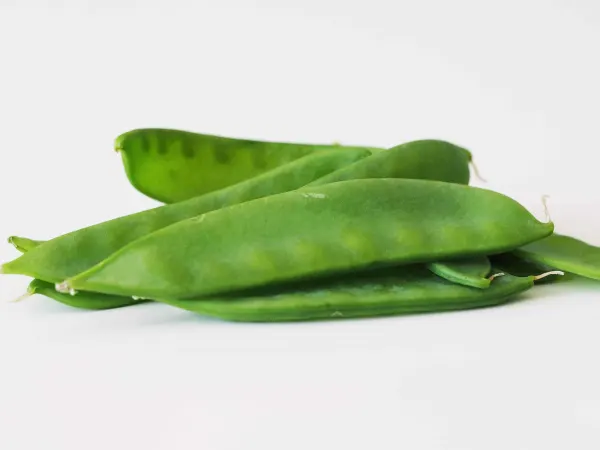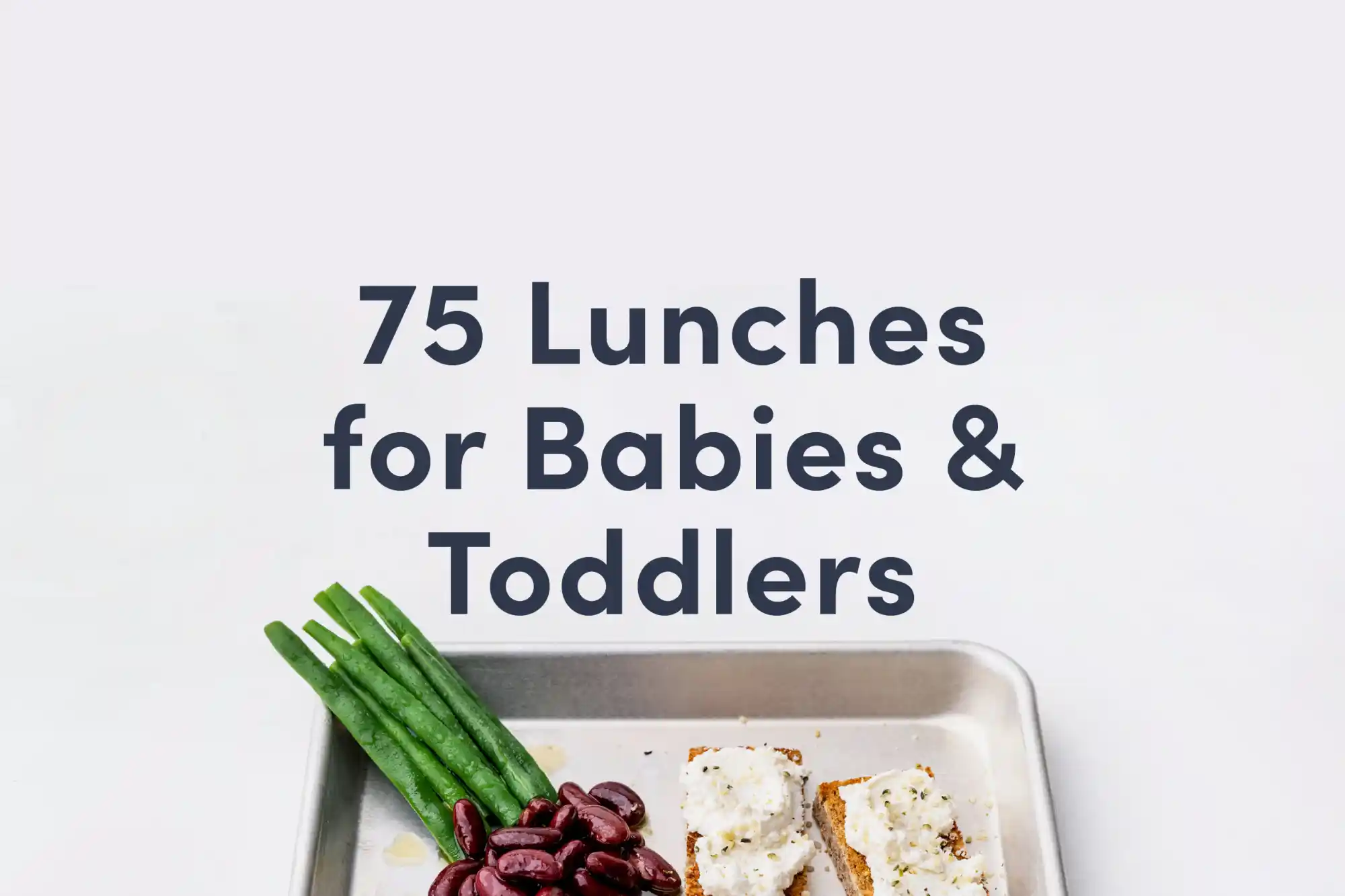Snow Pea
Legume
Age Suggestion
6 months
Iron-Rich
No
Common Allergen
No

When can babies have snow peas?
Snow peas, when cooked, may be introduced as soon as baby is ready to start solids, which is usually around 6 months of age.
Snow peas and snap peas have different flavor, shape, and size. Snow peas have flat, thin pods containing smaller peas. Snap peas have round, thicker pods containing bigger peas. Both snow peas and snap peas produce delicate flowers and sweet young sprouts that are featured in congees, curries, stir-fries, and many more dishes with roots in Asia, the native home of both legumes.
Are snow peas healthy for babies?
Yes. Snow peas are a good source of folate and vitamins B6, C, and K, which collectively support neurodevelopment, metabolism, immune function, and healthy blood clotting. Plus, they offer fiber to support digestive health and modest amounts of iron for baby’s red blood cells. Lastly, snow peas are rich in antioxidants to help support the body’s resilience against stressors.
Are snow peas a common allergen?
No. Snow peas are not a common allergen. Pea allergies have been reported in some patients with allergies to other legumes, particularly chickpea and lentil. Being allergic to one type of legume does not necessarily mean that an individual will be allergic to all others, although the risk of having more than one legume allergy can increase. Fortunately, most individuals with peanut or soy allergy (both common food allergens) are able to tolerate other legumes, such as snow peas, just fine.
Individuals with allergies to birch tree pollen and/or Oral Allergy Syndrome (also called pollen-food allergy syndrome) may be sensitive to legumes. Oral Allergy Syndrome typically results in short-lived itching, tingling, or burning in the mouth and is unlikely to result in a dangerous reaction. Cooking snow peas can help minimize and even eliminate the reaction.
As you would when introducing any new food, start by offering a small quantity for the first few servings. If there is no adverse reaction, gradually increase the quantity over future meals.
Are snow peas a choking hazard for babies?
Yes, the firm texture of snow peas poses some risk. To reduce the risk, prepare and serve snow peas in an age-appropriate way. As always, make sure you create a safe eating environment and stay within arm’s reach of baby during meals. For more information on choking, visit our sections on gagging and choking and familiarize yourself with the list of common choking hazards.
Videos
How do you serve snow peas to babies?
Every baby develops on their own timeline, and the suggestions on how to cut or prepare particular foods are generalizations for a broad audience.
6 months old +:
Cook and finely chop snow peas to fold into soft foods that baby can scoop, such as congee and other warm porridges. Alternatively, offer a whole, cooked snow pea pod as a teether, but make sure to reduce the choking risk by flattening the pod with your hand or a fork to crush the peas inside. Just know that baby is not likely to get any food in the belly this way, but munching on the pod can help develop baby’s oral-motor skills.
9 months old +:
Cook and chop snow pea pods to offer on their own or as part of a meal. This size helps baby develop the pincer grasp, where the thumb and index finger meet.
12 months old +:
Offer bite-sized pieces of raw or cooked snow peas. If the child is doing well with chopped pieces of snow pea and you feel comfortable with it, offer whole snow peas for biting and chewing practice under close supervision. If the child doesn’t seem ready for whole snow peas, do not worry; this is likely to come closer to 18-24 months of age. Expect lots of spitting, since the fibrous pods are challenging to chew.
18 months old +:
Continue offering cooked whole or chopped snow peas, either on their own or as part of a meal. At this age, many toddlers are ready to eat whole, raw snow pea pods, with supervision. And continue to expect spitting as toddlers develop jaw strength and gain confidence in their chewing. Snow peas are a great interactive food for toddlers: investigate how loud it crunches when you bite into it, or ask them how many peas they think are inside each pod.
Get lunch ideas for home or daycare with our guide 75 Lunches for Babies & Toddlers.
Written by
Expert Tips Delivered to Your Inbox
Sign up for weekly tips, recipes and more!
The content offered on SolidStarts.com is for informational purposes only. Solidstarts is not engaged in rendering professional advice, whether medical or otherwise, to individual users or their children or families. No content on this site, regardless of date, should ever be used as a substitute for direct medical advice from your doctor or your medical or health professional, nutritionist, or expert in pediatric feeding and eating. By accessing the content on SolidStarts.com, you acknowledge and agree that you are accepting the responsibility for your child’s health and well-being. In return for providing you with an array of content “baby-led weaning” information, you waive any claims that you or your child may have as a result of utilizing the content on SolidStarts.com.






